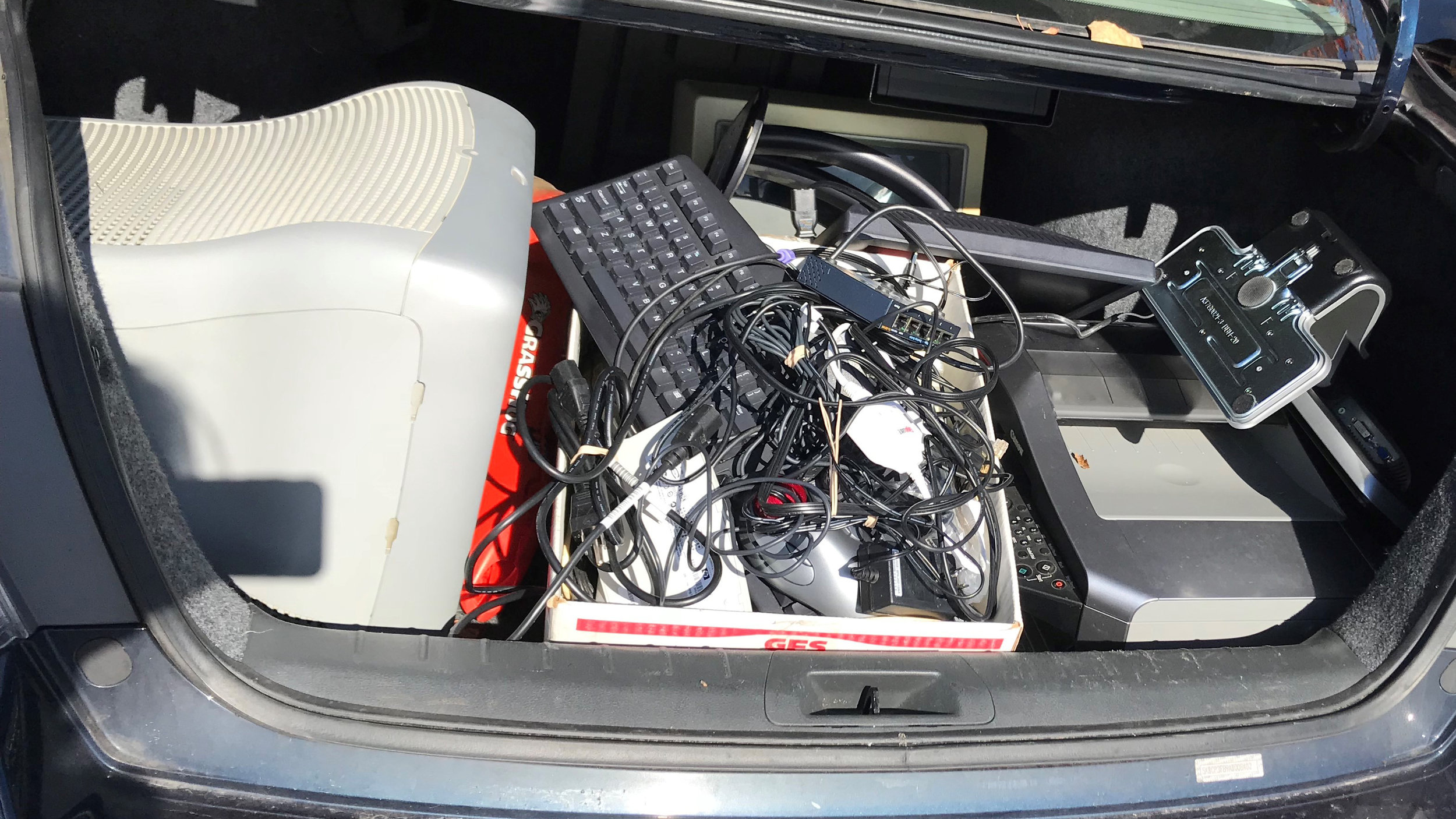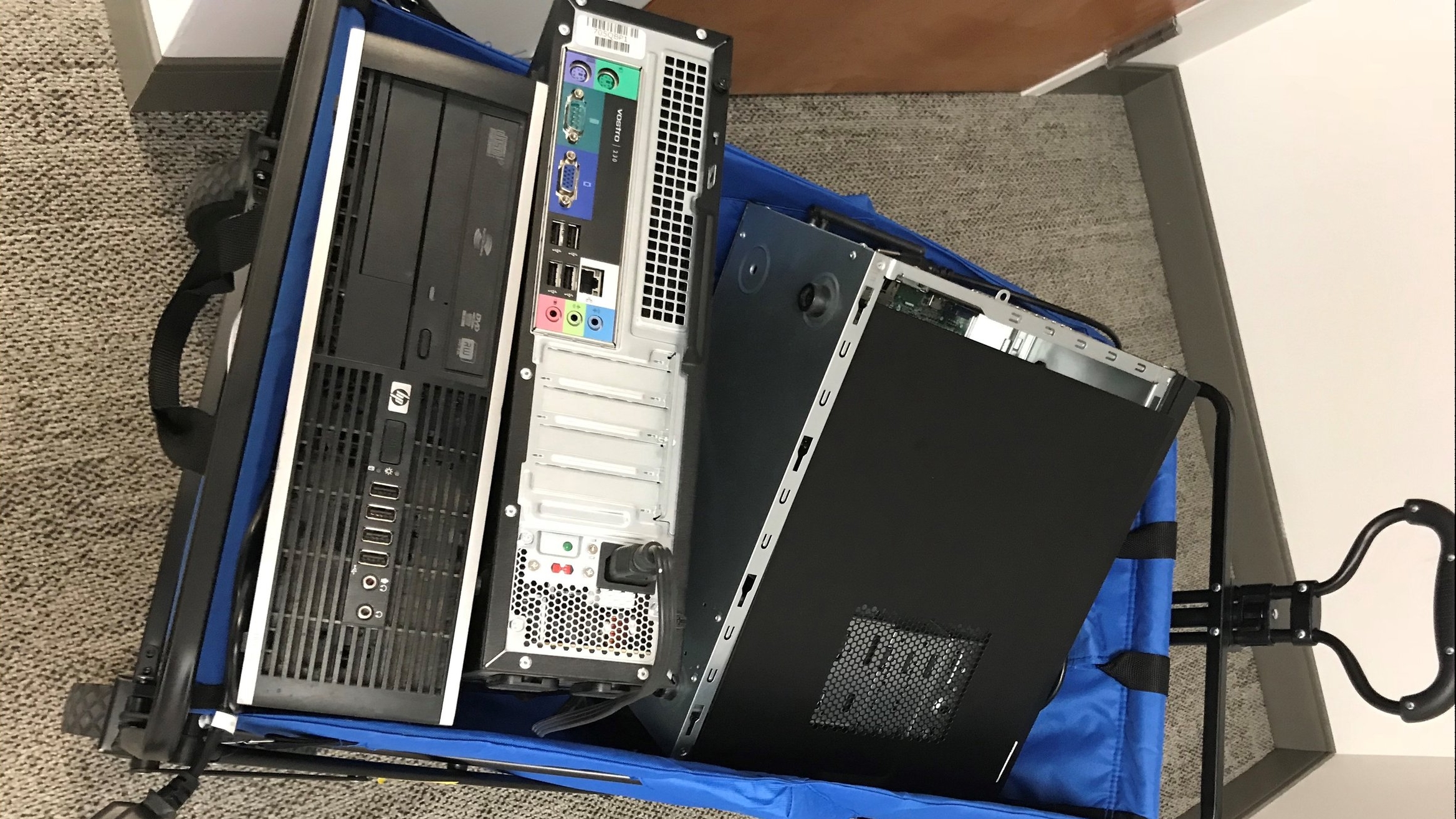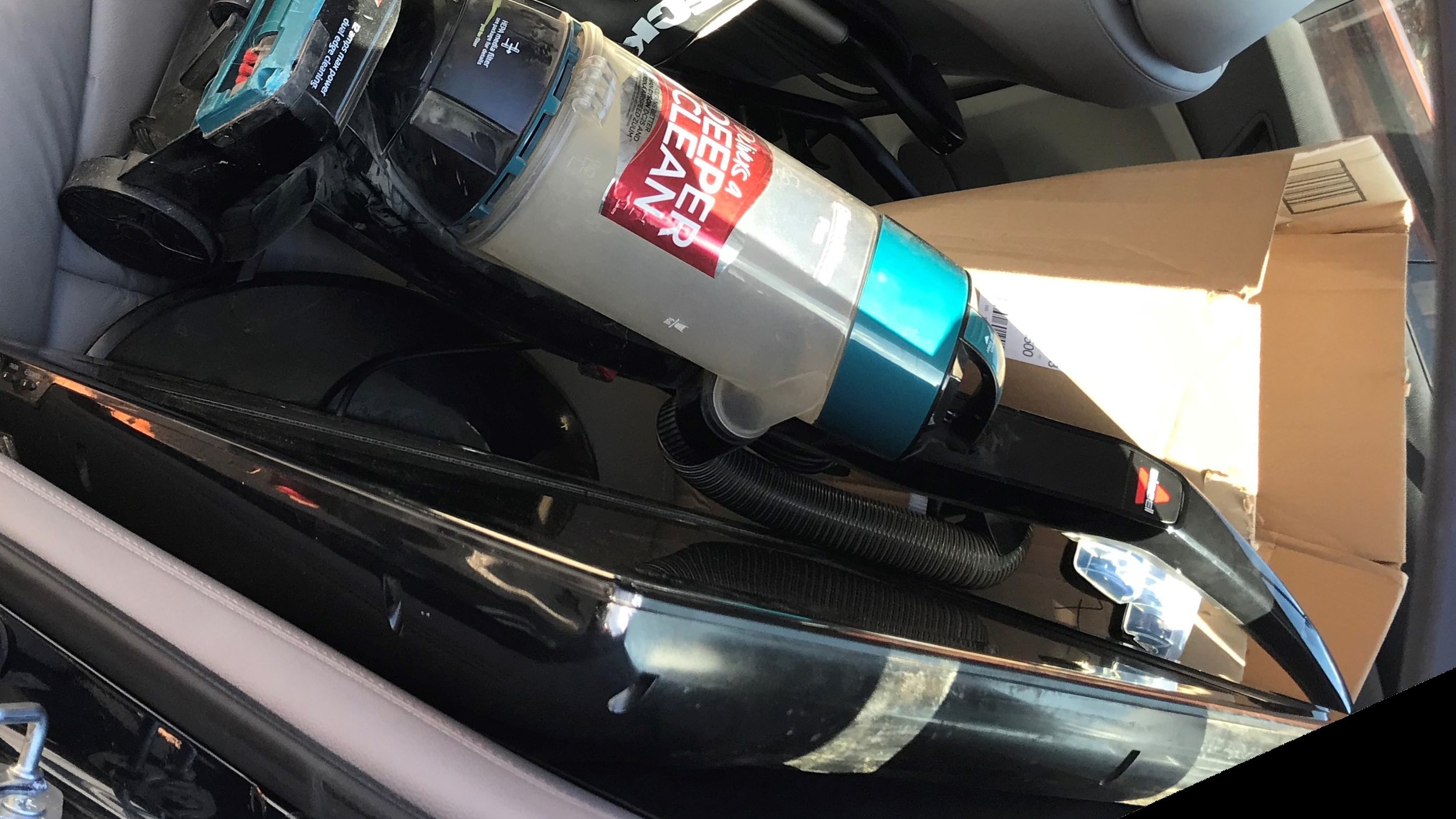What makes a city “walkable”? Who wants a walkable city? How is this related to infrastructure? What impacts does it have on citizens?
As our current demographics are changing, we are seeing a shift in housing priorities due to the two largest generations in American history, the baby boomers (born 1946-1964) and the millennials (born 1979-1996). Many baby boomers are now approaching retirement and downsizing since they no longer live with their children. This makes walkable neighborhoods more appealing to them, located in the denser areas like city and suburban town centers. Millennials also prefer these areas for the way of life and because it easy not to own a car. The Realtor’s survey found that currently only 12 percent of future homeowners favor houses in the “suburban-fringe” that rely completely on driving. By contrast, the most expensive housing on the market today is found in high-density and pedestrian friendly neighborhoods.
Read more


